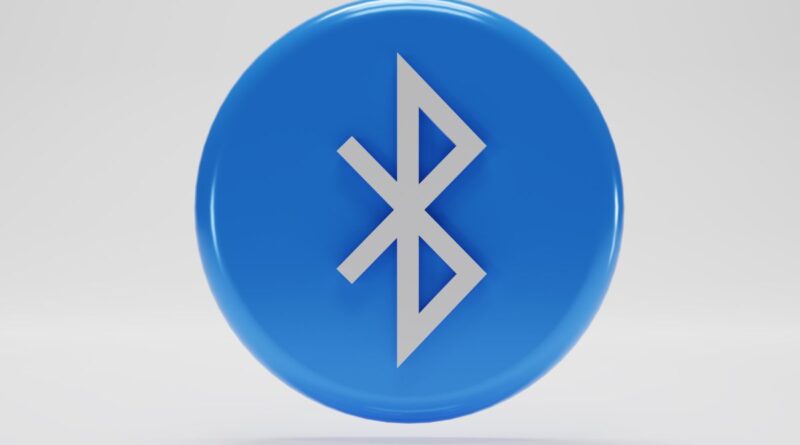Bluetooth technology surrounds us every day, enabling wireless connections between our devices. It’s like an invisible bridge that connects your phone to headphones, your computer to a mouse, or your car to your smartphone. This simple yet powerful technology has revolutionized how we interact with our electronic devices. Let me take you through the fascinating world of Bluetooth and explain everything you need to know about this wireless technology.
Spis treści:
What is Bluetooth?
Bluetooth is a wireless technology standard that allows devices to communicate over short distances using radio waves. The technology got its name from Harald Bluetooth, a 10th-century Danish king known for uniting Danish tribes – a fitting metaphor for a technology that connects different devices. Operating in the frequency band between 2.402 GHz and 2.480 GHz, Bluetooth creates personal area networks (PANs) that can connect multiple devices simultaneously.
Common Uses of Bluetooth
You’ll find Bluetooth technology in numerous everyday applications. The most common use is connecting wireless headphones and speakers to phones or computers. It powers wireless keyboards and mice, enables hands-free calling in cars, connects smartwatches to phones, and even links game controllers to consoles. Smart home devices often use Bluetooth for initial setup before switching to Wi-Fi for regular operation. Medical devices, like some glucose monitors and heart rate sensors, also utilize Bluetooth to transmit data to monitoring devices.
How Does Bluetooth Work?
Bluetooth operates through a process called “pairing.” When you want to connect two devices, they first discover each other through a process called “inquiry.” Once discovered, they exchange information about their capabilities and establish a secure connection. The technology uses a technique called frequency hopping spread spectrum (FHSS), which helps prevent interference from other wireless devices. Bluetooth devices can form networks called “piconets,” where one device acts as the master while others serve as slaves.
Bluetooth Versions and Range
The latest version, Bluetooth 5.0 and its subsequent updates, offers significant improvements over earlier versions. It provides faster data transfer speeds (up to 2 Mbps), longer range (up to 400 meters in ideal conditions), and better power efficiency. Different Bluetooth classes determine the transmission power and range: Class 1 devices reach up to 100 meters, Class 2 up to 10 meters, and Class 3 up to 1 meter. Most consumer devices use Class 2 Bluetooth, which provides a good balance between range and power consumption.
Security Considerations
While Bluetooth is generally secure, it’s important to understand its security features. The technology uses various security measures, including pairing codes, authentication, and encryption. However, you should always ensure your devices are updated with the latest firmware and only pair devices in secure environments. It’s also good practice to turn off Bluetooth when you’re not using it, both to save battery and enhance security. Some potential risks include bluejacking (receiving unsolicited messages) and bluesnarfing (unauthorized access to device information).
Future of Bluetooth
Bluetooth technology continues to evolve with new features and capabilities. The latest developments focus on improving Internet of Things (IoT) connectivity, enhancing audio quality for wireless entertainment, and reducing power consumption even further. Future versions promise to bring better location accuracy, higher speeds, and more reliable connections. As our world becomes increasingly connected, Bluetooth will likely play an even more crucial role in our daily lives.
